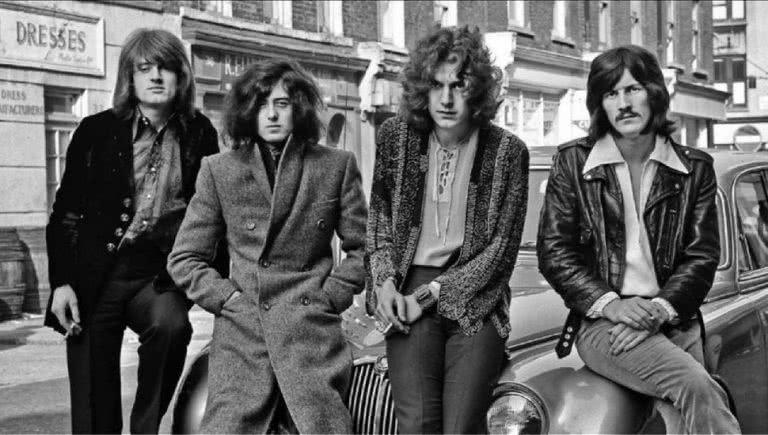The safest and most dangerous rock tunes have been revealed, so if you plan on a safe drive, it’s time to put on some ‘Stairway to Heaven’.
A new study suggests rock can be both the safest and most dangerous music to listen to while driving, depending on the song’s dynamics. Of the 10 songs tested by South China University of Technology, Green Day’s ‘American Idiot’ was the most hazardous, while Led Zeppelin’s ‘Stairway to Heaven’ was the safest.
This study used a total of 20 drivers and 60 driving simulation tests. “The association between in-vehicle music listening, the physiological and psychological response, and driving performance” was studied, measuring “perceived mental workload, the standard deviation of speed, and frequency of lane crossing.” A lot of sciencey words.
Personal characteristics of the drivers were labeled, with all 20 participants falling under the categories of choleric (irritable), sanguine (optimistic), phlegmatic (calm) and melancholic (sad).
Turns out rock music causes drivers to change lanes more frequently, increasing the heart rate of the driver. Essentially, all rock music made the subjects increase their driving speed.
And it turns out ‘American Idiot’ is the most dangerous song tested. At 189 beats per minute, it was the fastest song tested of the bunch, while other tracks considered to be “light” were as slow as 80 beats per minute. Drastic difference.
The second and third most dangerous songs tested were Miley Cyrus’ ‘Party in the USA’ and the Killers’ ‘Mr. Brightside,’ respectively. Red Hot Chili Peppers’ ‘Under the Bridge’ and Drake’s ‘God’s Plan’ were the second and third safest songs, according to the study.
Love Music?
Get your daily dose of metal, rock, indie, pop, and everything else in between.
“The arousal level perceived mental workload, the standard deviation of speed, and frequency of lane crossing were higher when driving under the influence of rock music than that when driving under the influence of light music or absence of music,” the study reads. “Additionally, phlegmatic drivers generally had lower arousal levels and choleric drivers had a greater mental workload and were more likely distracted by music listening.”

































